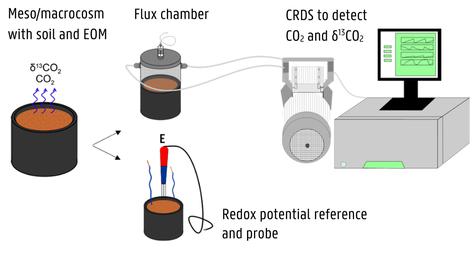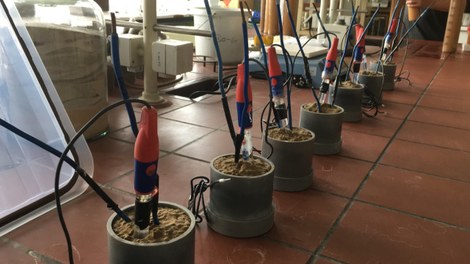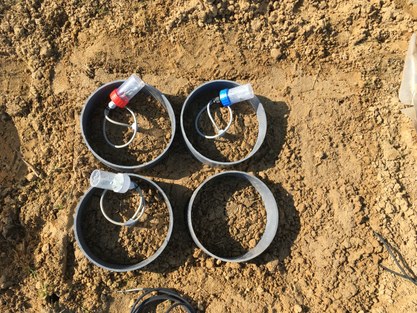Impact of organic matter inputs on their degradability in soil and on stability of native soil organic matter
Amendment of agricultural land with exogenous organic matter (like composts, crop residues, manure) helps in maintaining or increasing soil organic matter levels. However, to date there is surprisingly little knowledge about whether and to what extent the addition rate of exogenous organic matter (EOM) impacts its own degradation. Several mechanisms are suggested by which EOM dose might mediate its degradability. Firstly, since microorganisms act as catalysts for EOM decomposition, facilitated by extracellular and intracellular enzymes, the energetic investment for decomposition, i.e. biosynthesis of exoenzymes, is likely larger at a higher EOM concentration in soil. Secondly, reactive mineral surfaces available for sorption of EOM components or degradation products will be relatively limited at larger dose. Thirdly, stimulated microbial activity at higher EOM dose likely also enhances soil aggregation but the impact on EOM decomposition is unclear. On the other hand, a higher EOM concentration could stabilise more C either due to microbial saturation as a result of C availability and ideal N supply. This project thus focuses on revealing the EOM dosage effect on its degradability and, at the same time, examine soil organic matter priming effects after such additions. The PhD comprises three laboratory phases to study several EOM applications rates from mesocosms to macrocosms, and a field trial. Factors such as native soil organic C content, soil texture and soil sieving are studied while controlling soil moisture, temperature and available N. Plant EOM and native SOC degradation derived from CO2 fluxes and its isotopic signature measured by CRDS, microbial biomass abundance and composition, enzymatic activity, and redox potential are determined to disclose the mechanisms of EOM dose effects on EOM and SOC decomposition.


